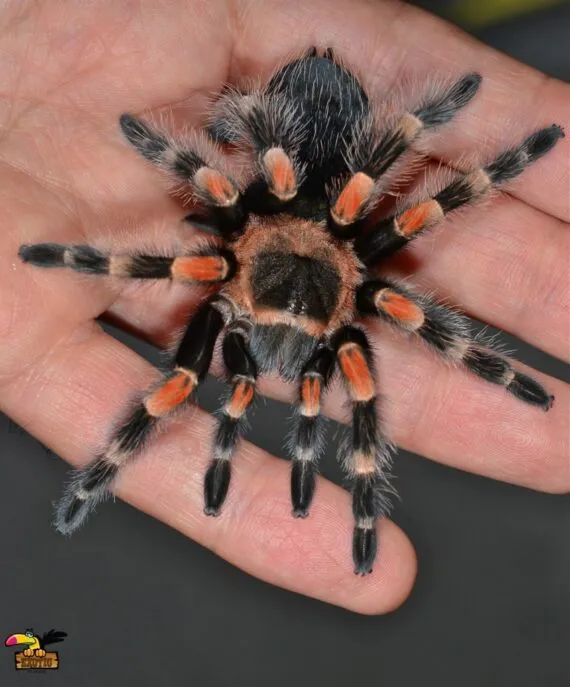What Influences Mexican Redknee Tarantula Cost?
The cost of a Mexican Redknee Tarantula, like any exotic pet, is influenced by a variety of factors. Understanding these elements can help potential owners budget accordingly and make informed decisions. The price tag isn’t just about the initial purchase; it’s a composite of immediate expenses and long-term care commitments. Knowing what drives the cost can also provide a better perspective on the value and the responsibility that comes with owning one of these fascinating creatures. These factors not only affect the purchase price, but also the ongoing cost of keeping the tarantula healthy and happy.
Age of the Tarantula
One of the primary determinants of a Mexican Redknee Tarantula’s cost is its age. Generally, younger tarantulas, or spiderlings, are less expensive than juveniles or adults. This is because spiderlings are smaller, require less immediate care, and haven’t reached their full lifespan. As the tarantula matures, the price increases reflecting its growth, established health, and the increased certainty of its sex. However, juvenile and adult tarantulas can offer the advantage of being more resilient, having survived the more vulnerable spiderling stage, and providing a more immediate display of their adult characteristics. The age factor is a crucial part of the cost considerations for potential owners.
Spiderling vs. Juvenile vs. Adult
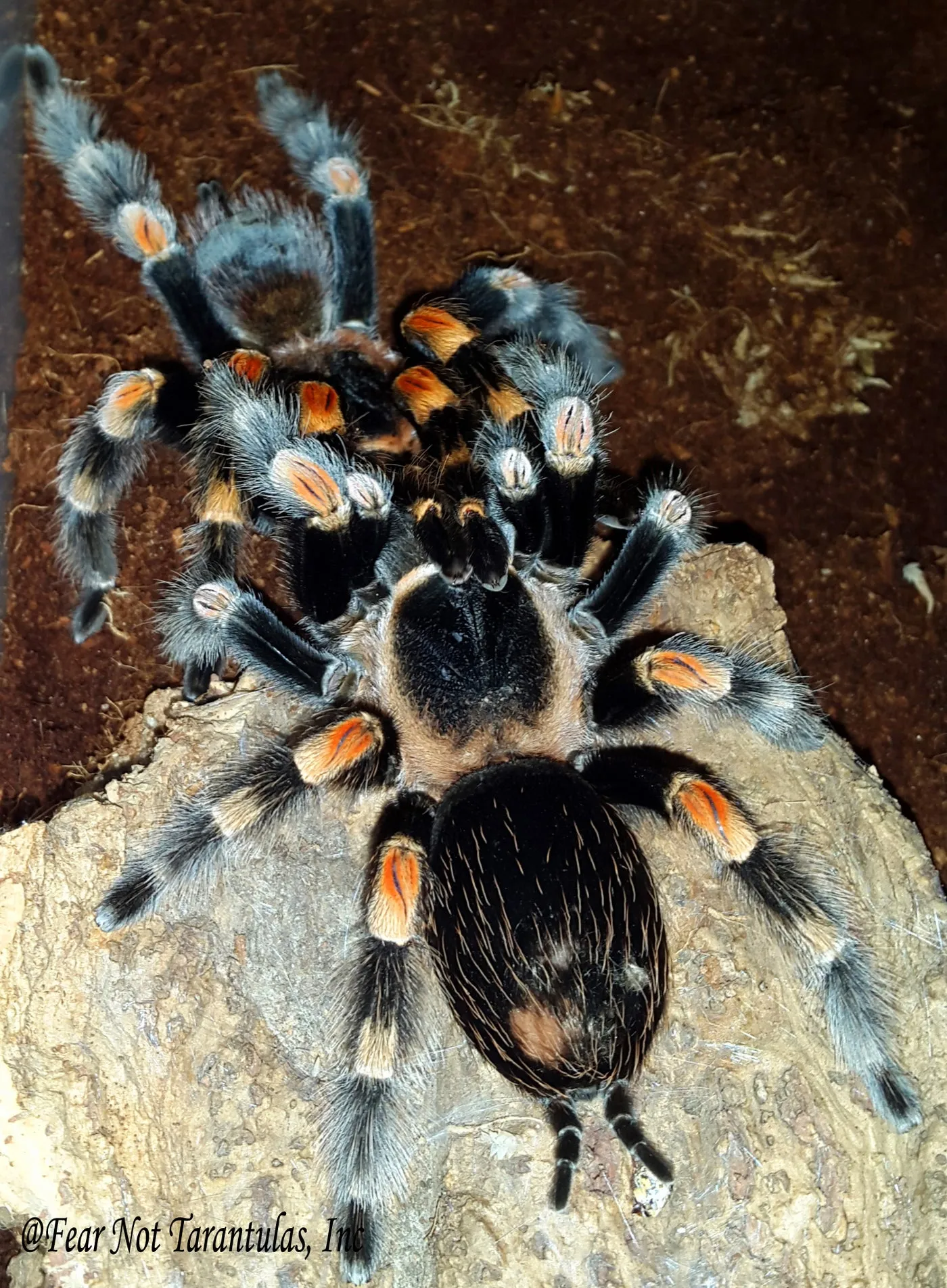
Spiderlings are typically the most affordable, often priced between $20 and $50, depending on the breeder and the tarantula’s lineage. Juveniles, which are larger and have undergone several molts, can range from $50 to $100. Adult tarantulas, especially females, can command prices from $100 to upwards of $200 or more, particularly if they have desirable traits. Purchasing a spiderling requires a higher level of care and patience, as you’ll witness its growth and development firsthand. Juveniles offer a middle ground, while adults provide a ready-made pet, but are more expensive. Consider the time commitment and the desire to witness the tarantula’s entire life cycle when choosing.
Size and Sex of the Tarantula
The size and sex of a Mexican Redknee Tarantula significantly impact its cost. Larger tarantulas generally cost more, as they have already overcome the more vulnerable early stages of life. Moreover, females are typically more expensive than males. This price difference stems from the female’s longer lifespan – often 15 to 25 years, significantly exceeding the male’s lifespan of 5 to 10 years. Female tarantulas are also valued for their potential to produce offspring, which can further influence the price. The price reflects the long-term commitment associated with owning a female, as well as the desire for a pet that can potentially be bred. As such, the price is often an indicator of the value associated with the size, sex, and longevity of the spider.
Female Tarantulas
Female Mexican Redknee Tarantulas are prized for their longevity, often living for two decades or more. This extended lifespan and the potential for breeding make them more valuable. The price reflects the extended care and investment required. The cost of a female will be higher compared to males or spiderlings due to their increased life expectancy and the possibility of producing offspring. Reputable breeders often charge a premium for females, knowing the demand and the commitment buyers are making. Owning a female is a long-term commitment, so the initial investment is justified by the extended time you’ll be able to enjoy your pet.
Male Tarantulas
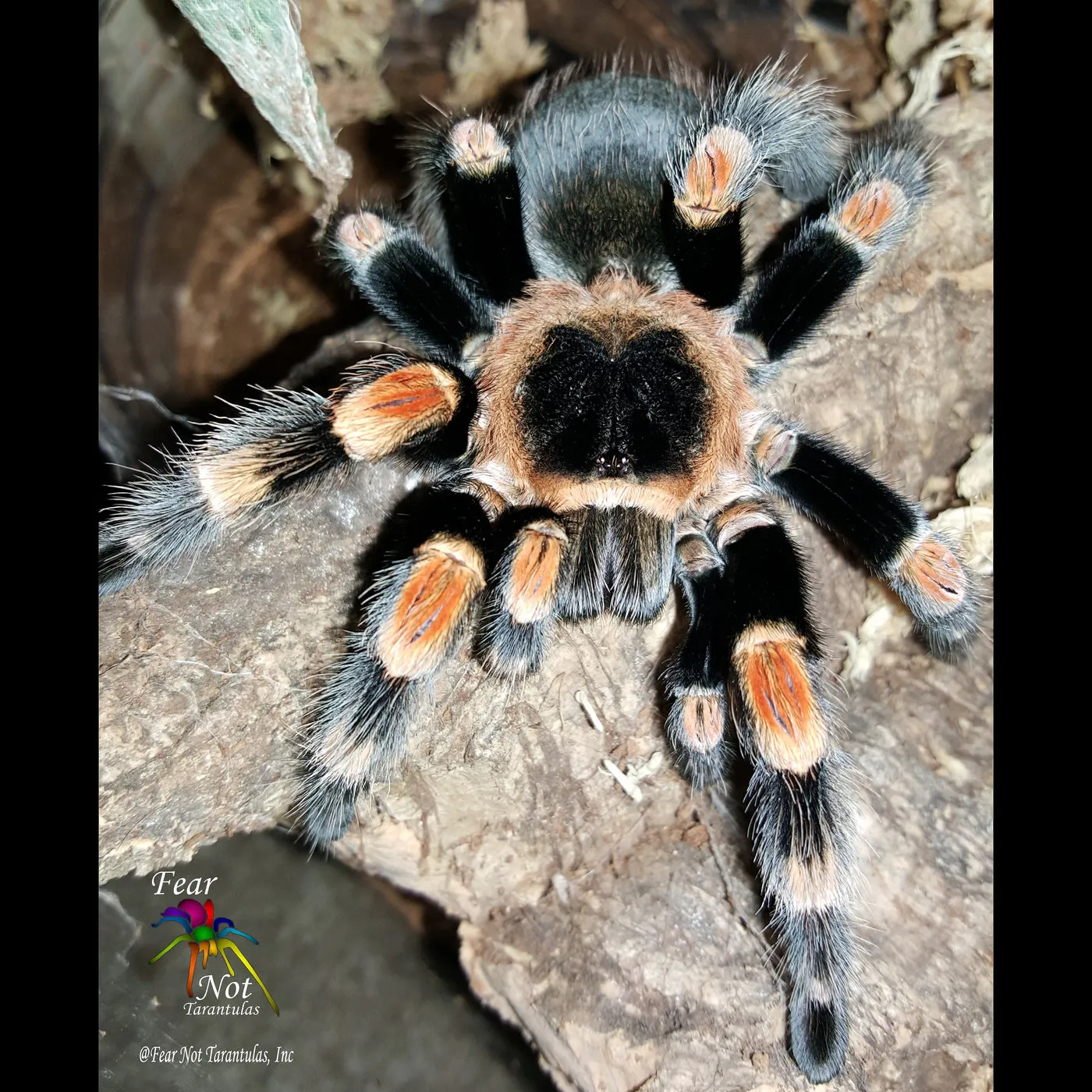
Male Mexican Redknee Tarantulas have a shorter lifespan than females, typically living only 5 to 10 years. This shorter lifespan is a key reason why they are generally less expensive. Once a male reaches maturity, his primary purpose is to mate. After mating, the male’s lifespan decreases significantly. The lower cost of a male reflects this shorter commitment. However, males can still be fascinating pets, offering unique behaviors and appearances, especially after their final molt. Though less expensive, the care requirements are the same as for females, ensuring a healthy and enriching life for your tarantula.
Morphs and Color Variations
While the standard Mexican Redknee Tarantula is beautiful, there can be variations in color and pattern. These variations are often referred to as morphs. Specific morphs, especially those that exhibit unique colorations or patterns, can sometimes command a higher price. The price of morphs is often driven by rarity and the breeder’s success in selectively breeding for these traits. Though these color variations may not affect the tarantula’s care requirements, they can increase the price due to demand. However, the standard coloration is still lovely and provides all the qualities that make this species desirable as a pet.
Availability and Breeder Reputation
Where you purchase your Mexican Redknee Tarantula also influences the cost. Reputable breeders often charge more, but their tarantulas are typically healthier and come with a history of care. The location and the breeder’s reputation can impact the price significantly. Well-established breeders invest in the health and genetics of their spiders, contributing to a higher purchase price. Breeders offer support and information, adding value to the transaction. These factors affect the initial cost, but they also affect the long-term success and health of the tarantula, making a reputable source a worthwhile investment for any aspiring tarantula owner.
Reputable Breeders
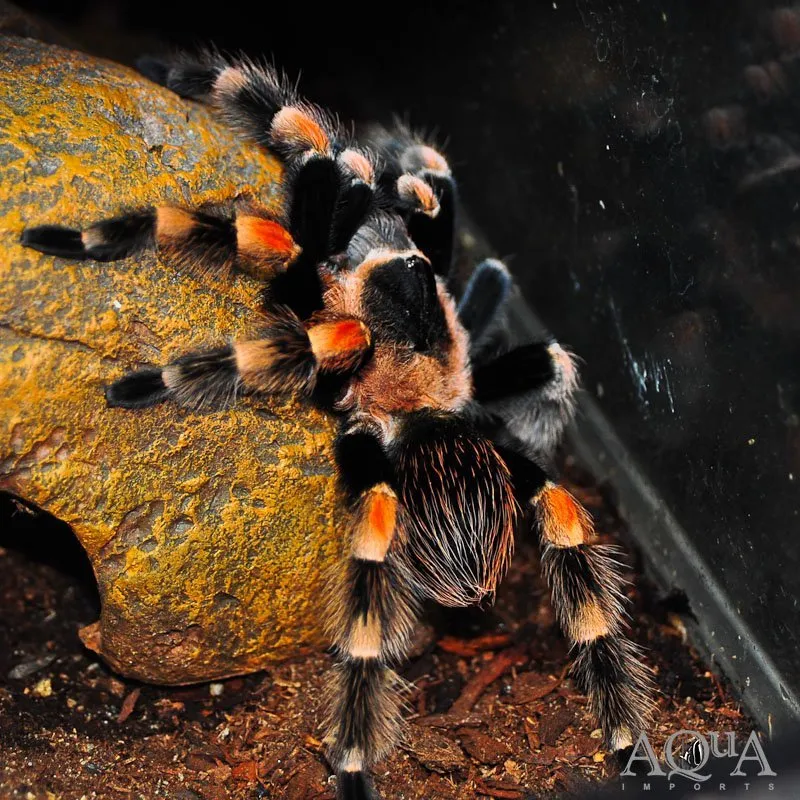
Purchasing from a reputable breeder ensures the tarantula is healthy, well-cared for, and has a known lineage. These breeders invest time and resources into their spiders. Though the upfront cost may be higher, buying from a reputable source can prevent complications. Breeders typically have knowledge of the tarantula’s history, including molting records and any potential health issues. They can also provide valuable guidance on care and husbandry. This adds value and minimizes potential health issues. The extra investment in a reputable breeder pays off in the long term, providing a healthier, happier tarantula and greater peace of mind for the owner.
Online vs. Local Suppliers
Online suppliers often offer a wider selection and can sometimes have more competitive prices, but there is the risk of purchasing unseen. Local suppliers allow you to view the tarantula, assess its health, and potentially meet the breeder. Local suppliers can offer the advantage of hands-on inspection and immediate availability. Online suppliers usually provide detailed descriptions and images. However, the shipping process can stress the tarantula. The best choice will depend on your personal preference and access. Consider factors such as the supplier’s reputation, warranty, and shipping practices. Whether you buy locally or online, ensure the supplier is reliable and prioritizes the welfare of their tarantulas.
Ongoing Costs of Ownership
Beyond the initial purchase price, owning a Mexican Redknee Tarantula involves ongoing costs. Understanding these expenses is essential for budgeting and providing the best care for your pet. These costs include enclosure maintenance, food, and potential health care. Preparing for these expenses will make you a responsible and informed tarantula owner. These expenses, while not as immediately prominent as the upfront cost, are crucial for the long-term well-being of the tarantula. It will ensure the tarantula’s health, longevity, and happiness.
Enclosure and Supplies
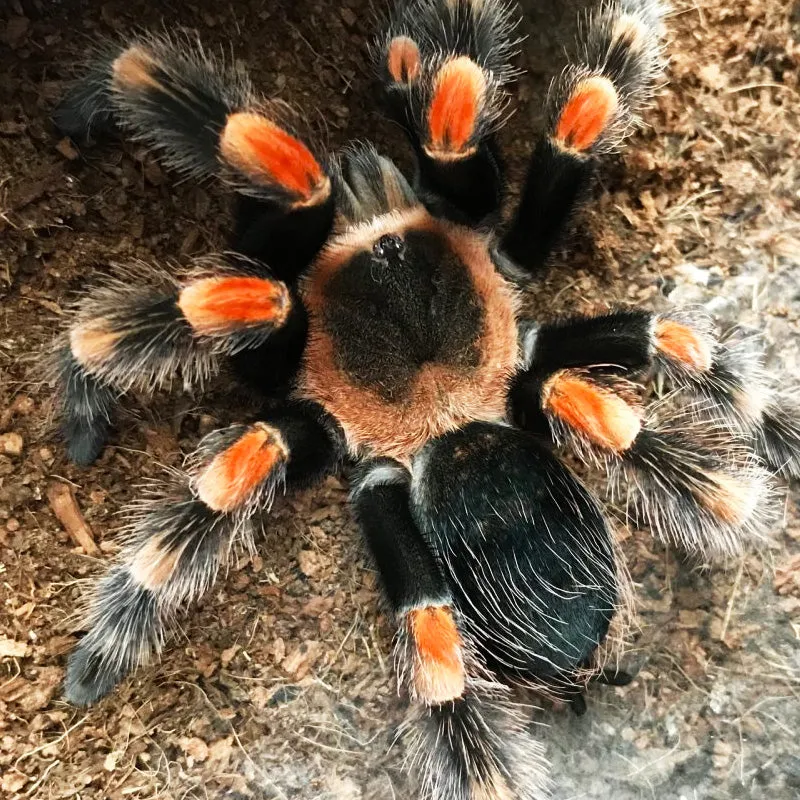
The enclosure, substrate, water dish, and other essential supplies will be a significant part of the ongoing costs. A suitable enclosure will provide adequate space and ventilation. The substrate, such as coco fiber or peat moss, must be replaced periodically. You’ll need a water dish and decorations, such as hides and climbing branches, which will also contribute to the cost. The costs will vary depending on the size of the tarantula and its needs. A juvenile or adult tarantula will need a larger enclosure and more substrate. Budget accordingly, and always prioritize your tarantula’s well-being over cost. Proper enclosure and regular replacement of supplies will ensure a safe, healthy, and enriching environment.
Substrate and Decor
The type of substrate you choose, such as coco fiber or peat moss, and the frequency of replacement, will influence your costs. You also need to consider the cost of decor such as hides, which create a sense of security for the tarantula. Proper substrate and decor maintain the humidity and provide a suitable environment. Budgeting for regular replacement of substrate will help maintain the hygiene and health of your tarantula’s enclosure. Proper decor provides enrichment, which helps the tarantula thrive. These seemingly small costs contribute to the overall cost, but they’re essential for providing a healthy and stimulating habitat.
Food and Feeding
Mexican Redknee Tarantulas are insectivores, primarily feeding on crickets, roaches, and other insects. The cost of food will vary depending on the size and age of your tarantula. Younger tarantulas require smaller insects. The cost of insects will increase as your tarantula grows. Plan for regular insect purchases, or consider breeding insects. The cost of food is an ongoing expense that will ensure your tarantula receives proper nutrition and thrives. A well-fed tarantula is a healthy tarantula. This is important to the animal’s long-term health and well-being.
Health and Veterinary Care
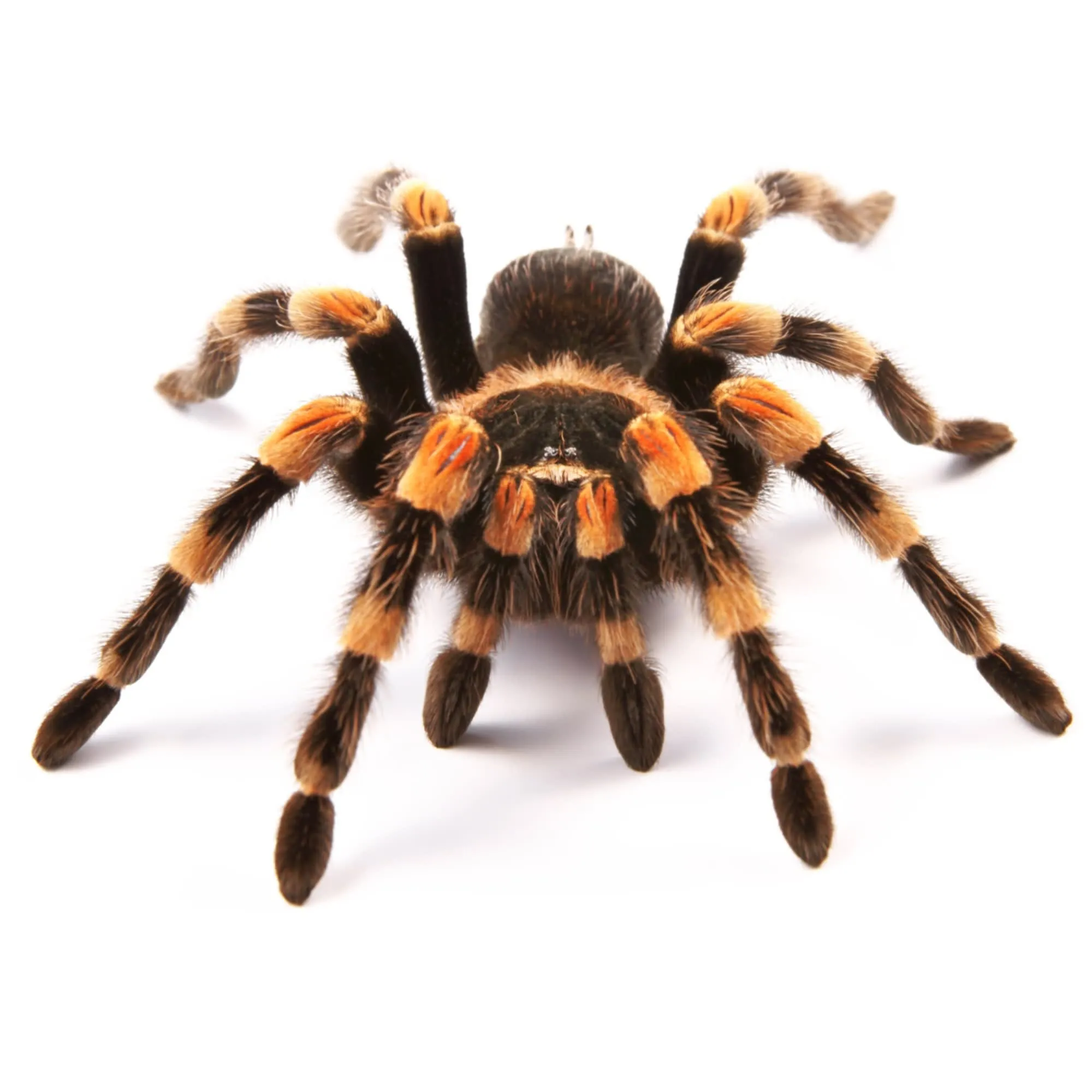
Although Mexican Redknee Tarantulas are relatively hardy creatures, health issues can arise. The costs of veterinary care are essential. If your tarantula becomes ill or injured, veterinary care can be costly. You should have a plan in place, including a veterinarian familiar with exotic animals. While tarantulas are not prone to frequent health problems, unexpected illnesses or injuries require prompt and professional care. Preparedness and an understanding of potential expenses ensure the well-being of your pet.
Recognizing Common Health Issues
Understanding potential health issues is a crucial part of responsible tarantula ownership. Common problems include parasites, molting issues, and injuries. Observing your tarantula regularly will help you identify any unusual behavior. If you suspect any health problems, seek professional veterinary advice. Timely intervention can prevent the issue from worsening. Early detection and swift action are critical for the tarantula’s survival. A well-informed owner can minimize the potential costs and ensure their pet’s health.
Veterinary Costs
The cost of veterinary care for a Mexican Redknee Tarantula will vary depending on the issue, the vet’s fees, and any necessary treatments. Routine checkups may cost less than treatment for a serious illness or injury. Researching exotic animal veterinarians in your area is advisable. Having a relationship with a vet helps you address emergencies quickly. Consider setting aside a small amount for unexpected veterinary care. Veterinary care helps keep your tarantula healthy and ensures prompt attention for any health problems. Proactive measures, such as a solid understanding of common health issues, are essential for minimizing veterinary expenses.
Long-Term Cost Considerations
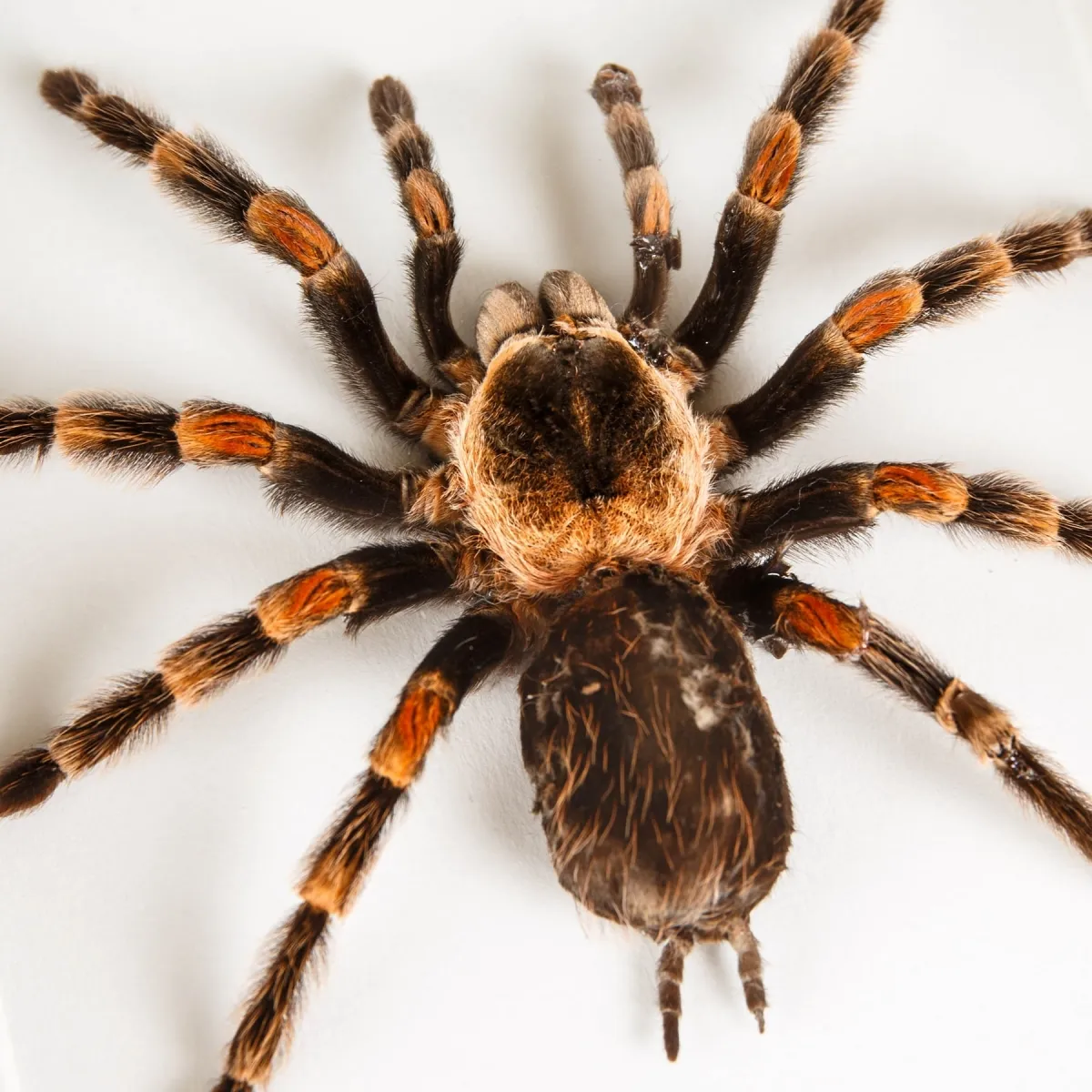
Owning a Mexican Redknee Tarantula is a long-term commitment. While the initial cost may be manageable, it is important to consider the overall expenses. Anticipating and preparing for these costs will ensure the ability to provide the best care throughout your tarantula’s lifespan. This includes food, substrate, potential vet bills, and the ongoing need to maintain a suitable environment. This long-term investment is not just about money; it’s about providing a healthy, fulfilling life for your tarantula. Long-term thinking is key to providing exceptional care.
